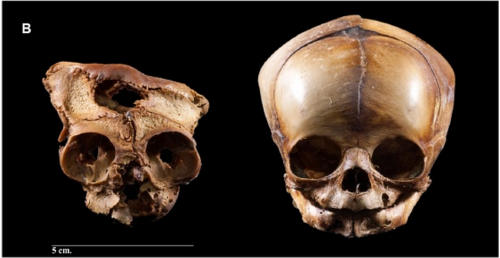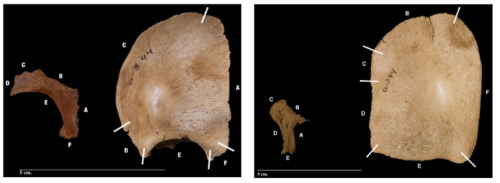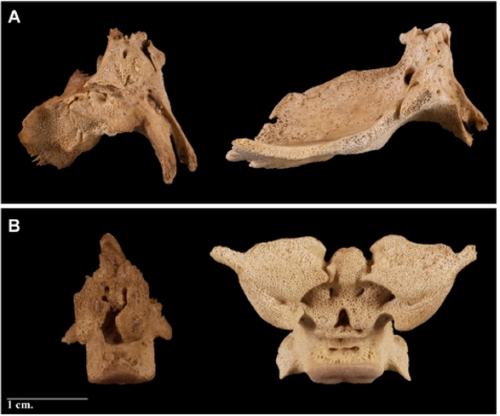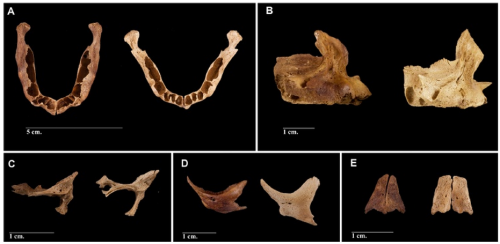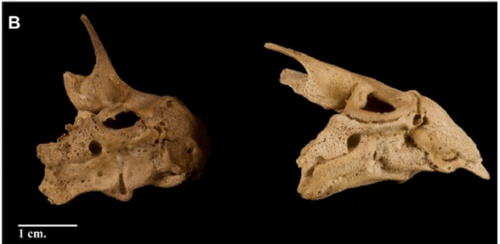theolduvaigorge: Alterations of skull bones found in anencephalic skeletons from an identified
theolduvaigorge:Alterations of skull bones found in anencephalic skeletons from an identified osteological collection. Two case reportsby Javier Irurita, Inmaculada Alemán, Joan Viciano, Sandra López-Lázaro and Miguel Cecilio Botella“One of the most common conditions during fetal development is anencephaly, which often involves many identification difficulties in the context of physical anthropology, as it causes severe skull challenges. In this paper, we describe the alterations found in the skulls of two perinatal individuals with anencephaly from the osteological collection of identified infants in the Anthropology Laboratory of the University of Granada, Spain. Both subjects of study are in perfect state of preservation. Despite the severe malformations, all skull bones have been targeted and identified, as the possibility of studying a subject with a complete, articulated, and partially mummified skull; the other was disjointed and well preserved. The skull bones of these two individuals affected with anencephaly have been described in detail, allowing this pathological condition to be identified in skeletonized individuals in archaeological or forensic contexts, in cases where these bones did not have anatomical connection or when these were taphonomically altered.“ (read more/open access).(Open access source: International Journal of Legal Medicine 2014; doi: 10.1007/s00414-014-1123-9, via Academia.edu) -- source link
Tumblr Blog : theolduvaigorge.tumblr.com
#osteology#bones#skeleton#bioarchaeology
